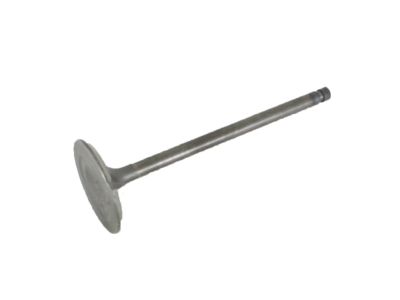×
- Hello
- Login or Register
- Quick Links
- Live Chat
- Track Order
- Parts Availability
- RMA
- Help Center
- Contact Us
- Shop for
- Nissan Parts
- Nissan Accessories

My Garage
My Account
Cart
Genuine Nissan Quest Intake Valve
Engine Intake Valve- Select Vehicle by Model
- Select Vehicle by VIN
Select Vehicle by Model
orMake
Model
Year
Select Vehicle by VIN
For the most accurate results, select vehicle by your VIN (Vehicle Identification Number).
7 Intake Valves found
Nissan Quest Valve-Intake
Part Number: 13201-JK20A$31.06 MSRP: $42.82You Save: $11.76 (28%)Ships in 1-3 Business DaysNissan Quest Valve-Intake
Part Number: 13201-JK20B$31.06 MSRP: $42.82You Save: $11.76 (28%)Ships in 1-3 Business DaysNissan Quest Valve Intake
Part Number: 13201-4GA0B$34.29 MSRP: $47.27You Save: $12.98 (28%)Ships in 1-3 Business DaysNissan Quest Valve Intake
Part Number: 13201-JK20C$30.39 MSRP: $44.88You Save: $14.49 (33%)Ships in 1-2 Business Days
Nissan Quest Intake Valve
If you need any OEM Nissan Quest Intake Valve, feel free to choose them out of our huge selection of genuine Nissan Quest Intake Valve. All our parts are offered at unbeatable prices and are supported by the manufacturer's warranty. In addition, we offer quick shipping to have your parts delivered to your door step in a matter of days.
Nissan Quest Intake Valve Parts Questions & Experts Answers
- Q: Should servicing valves, valve seats, and valve guides be performed by a professional on Nissan Quest?A:Given the fact that this is a highly professionalized position, and it entails the use of some special tools and apparatus, the procedure known as a valve job, which refers to the servicing of the valves, valve seats, and valve guides should only be done by a master mechanic. A home mechanic should detach the heads and undertake preliminary scrubbing and checking before taking them to a dealer's service station or automotive machine for servicing. Carrying out the inspection enables the checker to get an insight on the state of the Cylinder Head and the valvetrain components, know the work that needs to be done, and the new components to be expected from an automotive machine shop. The Power train or the dealer service department or automotive machine shop will then remove valves and springs, recondition or replace valves, or valve seats, recondition or replace valve guides, check and replace valve springs, spring retainers or valve stem locks and replace the valve seal with a new one, assemble the valve components, and verify the correct installed height of the spring. Further, the surface of cylinder head gasket will be ground if warped is the case. After the valve job which is done by a professional the cylinder head will be as good as new. On the return, it is necessary to wash again the cylinder head before putting it on the engine in order to remove metal debris and abrasive grit remained either after the valve service or cylinder head resurfacing, and to blow through all oil holes and ducts, if possible with compressed air.
Related Nissan Quest Parts
Browse by Year
2017 Intake Valve 2016 Intake Valve 2015 Intake Valve 2014 Intake Valve 2013 Intake Valve 2012 Intake Valve 2011 Intake Valve 2010 Intake Valve 2009 Intake Valve 2008 Intake Valve 2007 Intake Valve 2006 Intake Valve 2005 Intake Valve 2004 Intake Valve 2003 Intake Valve 2002 Intake Valve 2001 Intake Valve 2000 Intake Valve 1999 Intake Valve 1998 Intake Valve 1997 Intake Valve 1996 Intake Valve 1995 Intake Valve 1994 Intake Valve 1993 Intake Valve



















